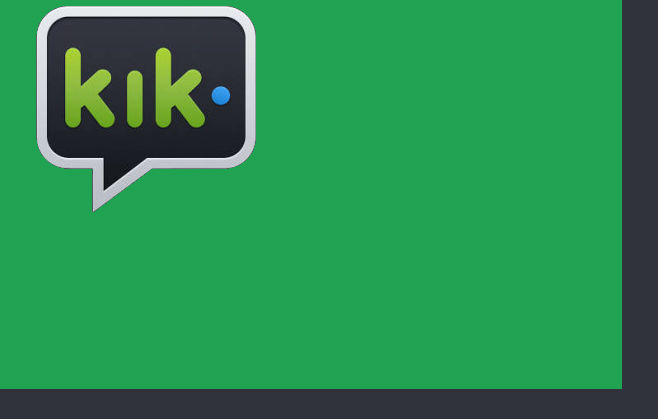
Kik: A stand out amongst our mobile messaging apps?
In all honesty, we haven’t really given much thought to mobile messaging app Kik, since we’re content with communicating through WhatsApp, Viber, Skype, and one of our new favourites, WeChat. However, we can’t ignore its popularity any longer, and so today, we at The Practice are wondering: How does it differ from other messaging apps, and what’s given rise to its popularity?
Kik, founded in 2009 and released in 2010 by university students in Ontario, Canada, offers the same type of service we’ve become accustomed to from our mobile messaging apps. Although not as popular as WhatsApp, Kik has gained a significant following amongst younger audiences, today boasting over 100 million users and counting. When comparing the two, there aren’t many marked differences, with the main one simply being that WhatsApp automatically syncs your smartphone contacts, while Kik doesn’t. The advantage of this is evidently convenience, but this also works in Kik’s favour too, offering greater privacy; the user must add another’s username to have him or her as a contact. Functionality will be most peoples’ first priority, but if you enjoy chatting on something aesthetically pleasing, then Kik wins in the style stakes.
Another feature we love and which certainly sets it apart, is Kik’s integrated URL bar, ideal for conducting searches without leaving the app. This is arguably its most celebrated and unique feature to date. The technology behind this is particularly innovative, as mobile web browsing through the app happens via its exclusive Kik Cards. These are mobile web apps, designed specifically for our smartphone screens, which include favourites such as YouTube and Reddit. Third-party developers such as Sony and Zynga have also begun to make their own too, which users can install for free. Essentially, this means that Kik has become a browser of sorts, allowing two users to communicate over a social platform such as the Facebook app for instance, without having to leave Kik, or without one of the users having to have already installed the native app.
What we’re interested in too, is Kik’s popularity amongst Instagram users. We’ve certainly noticed many promoting their Kik accounts on the photo-sharing site, and if you search for the #Kik hash tag for instance, around 20 million posts appear. The reason? We believe that Kik offers a more design-conscious platform for image and video sharing, something that trend-aware Instagram users will likely prefer. Plus, for prominent followers who ask fans to connect with them on Kik or who state their Kik details in their bios, the advantage is that their personal number remains private. In this way, we see Kik as an efficient email-like medium for communication, enabling celebrated individuals to connect with fans on a personal level, yet still ensure privacy. And it’s worth remembering that now that WhatsApp has been purchased by Facebook, many users might increasingly become uncomfortable with the thought of potentially having their data stored on Facebook’s database. With this in mind, we might begin to see more and more users turn to WhatApp’s numerous competitors including Kik, and the ever-popular apps, Line, WeChat and Viber.
Do you use Kik? What do you think its advantages (or disadvantages) are in comparison to other mobile messaging app? We’d love to hear your opinions, so please share them with us on Twitter @PracticeDigital, and leave your comments on our Facebook page.




